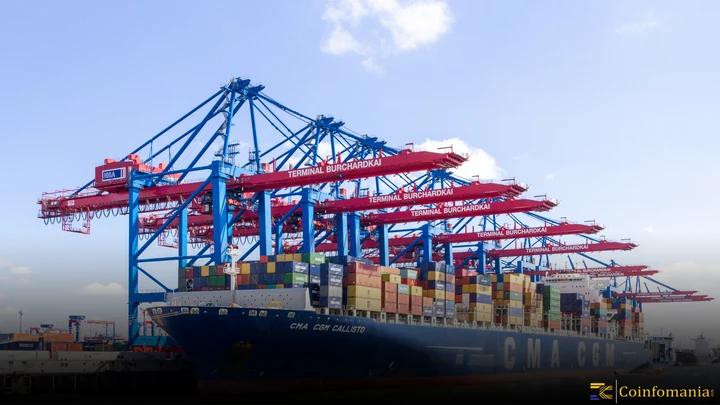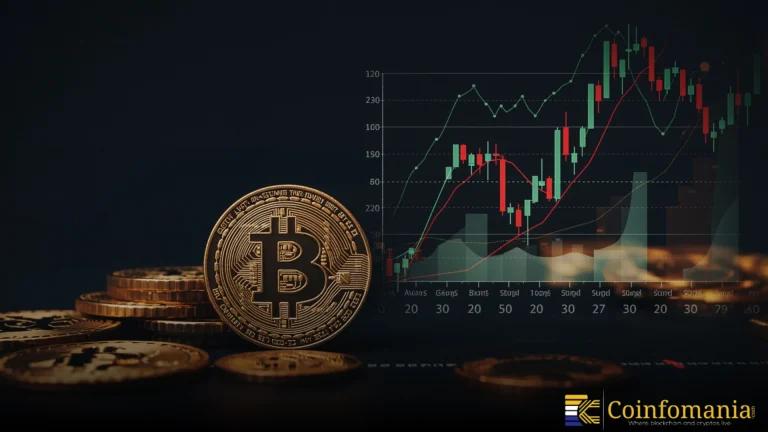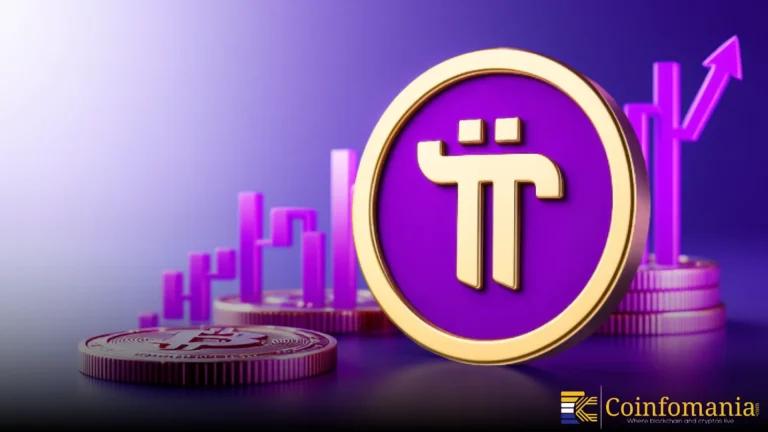Australia’s Port Hedland Records Busiest May for Iron Ore Shipments
Discover how Australia’s Iron Ore exports rebounded in 2025, reaching record highs despite cyclone delays and shifting global demand patterns.

Quick Take
Summary is AI generated, newsroom reviewed.
Australia’s iron ore exports hit a record 53.1 million tons in May 2025, despite earlier cyclone disruptions.
Export volumes are rising, but global oversupply is driving prices down and lowering projected revenues.
Despite higher mining output, the commodity market is volatile; as such, crypto is seen as a hedge against commodity price changes.
Bloomberg has reported that Australia’s Iron Ore exports from Port Hedland were 53.1 million tons in May 2025. This represented a 13.7% rise from April, Pilbara Ports Authority data showed. Shipments up to mid-year totaled 233.4 million tons, the highest since 2010, Bloomberg calculations indicate. This was achieved despite earlier disruptions by record weather conditions that temporarily halted port operations.
Cyclone Zelia Forces Temporary Closure of Port Hedland
In early 2025, Port Hedland faced Cyclone Zelia, a strong Category 4 tropical storm. The Bureau of Meteorology stated that wind gusts reached up to 290 kilometers per hour, with the potential to escalate to Category 5. Due to dangerous conditions, the port was temporarily closed, and ships were removed from the shore. These safety measures and harsh weather limited exports during the year’s initial months.
Port Hedland’s Role in Australia’s Iron Ore Exports and Government Projections
Port Hedland is essential for the export of iron ore by Australia to China. Leading firms like BHP Group and Fortescue Ltd. rely on this route for transit. The Australian government projects that 2025 iron ore exports could reach 908 million tons in total. It also expects a decline in export value because of weakening global market prices. This suggests revenues may fall despite higher physical shipment volumes from producers.
Brazil’s Increased Iron Ore Shipments Add to Global Market Pressure
Brazil, the second-largest exporter, also saw increased shipments of 35.1 million tons in May, customs data shows. More supply from several sources has led to saturation in the international iron ore market. On Singapore’s exchange, iron ore futures fell 0.4% to $93.40 per ton in mid-June. Over 12 months, prices have declined by roughly 9%, indicating oversupply or softening demand.
Rising Iron Ore Exports and Financial Hedging Strategies in Markets
Australia’s Iron Ore growth is tied to rising energy use in mining, transportation, and related logistics operations. Processing and shipping more ore boosts electricity and fuel consumption across these industrial sectors. These changes may influence national energy demand and drive shifts in regional energy pricing. If infrastructure expands further, these energy trends may intensify across Australia and global partners.
The connection between Australia’s iron ore sector and cryptocurrencies is receiving increasing market attention. Some investors now view cryptocurrencies as a financial hedge against unstable commodity price movements. As volumes rise and prices fluctuate, commodity-crypto relationships are becoming more noticeable and relevant. This link shows how financial strategies are shifting to address volatility across different asset types.
Follow us on Google News
Get the latest crypto insights and updates.
Related Posts

Sei Gaming Explodes in Q3 as Daily Active Addresses Smash New Records
Triparna Baishnab
Author

Liquidity Returns as the Fed Reignites Risk-On Conditions for the First Time Since 2020
Triparna Baishnab
Author

Pi Network Pushes Real-World Adoption With Global Holiday Commerce Event
Triparna Baishnab
Author